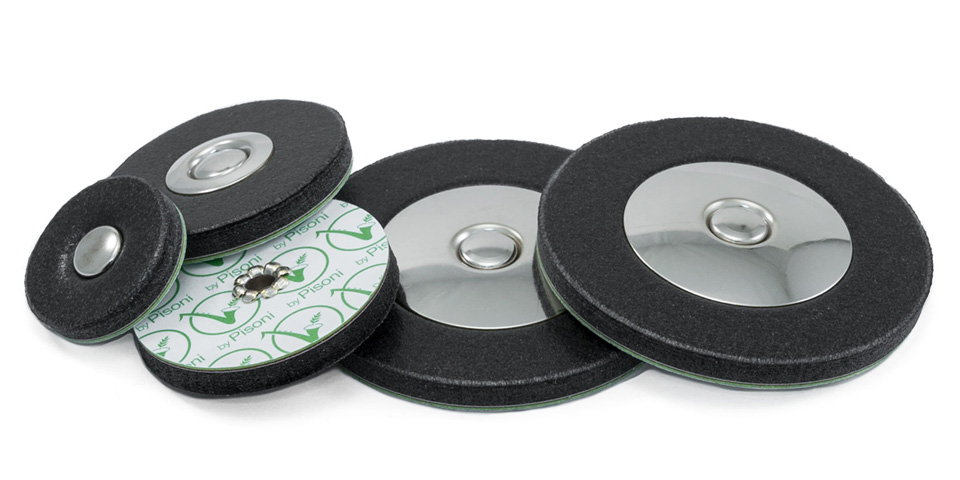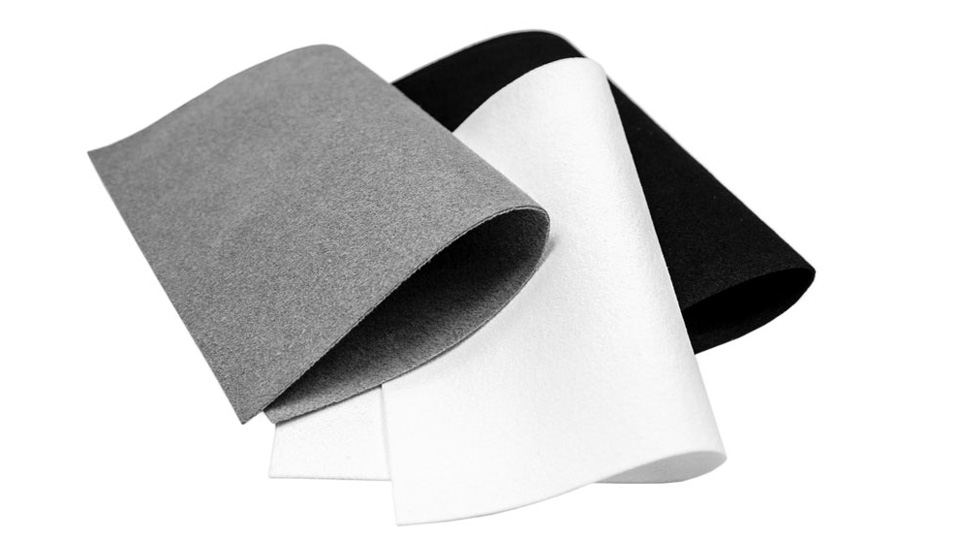Synthetic Saxophone Re-Pads: Kit List
14th December 2021Our new V-Pads (below) are Saxophone pads with no reliance on animal based materials, but what else do you need to do a fully synthetic sax Re-Pad? We check out all the items you’d need to complete a synthetic (and Vegan!) Saxophone re-pad.

Pad Adhesives
Shellac has traditionally been the choice for most glued in pads. It however, is not vegan as it relies on the resin secreted by the female lac bug, which is then harvested and processed to make this popular pad adhesive.
With the arrival of synthetic thermoplastics on the market we have seen many move towards using a hot melt glue for seating saxophone pads. As its properties like melting point, cooling time and viscosity is quite different to traditional shellac, many now prefer the new epoxy based Synthetic Shellac. This was brought out by MusicMedic a few years back and has proved popular. Both hot melt glue and synthetic shellac are suitable for vegan re-pads.
Plant based or Synthetic key materials
When installing regulation corks, key heel corks, and bumpers, Saxophones traditionally use a combination of cork and felt. Felt is typically wool based, but there are some synthetic felts on the market. On our sheet felt pages you can now tick the “Synthetic” box to show felts and felt alternatives without wool in them.
Natural cork, with its plant based and biodegradable nature it has been an ever popular choice on instruments. On the downside, cork can scuff easily and can cause some gripping and compression issues. This is where Synthetic Materials have come in to fill the gap.
Tech cork, Hycotex and rubber cork sheets are fantastic regulation material. As they are based on natural cork set in a rubber cast they still offer the best qualities of cork without the brittleness and compression issues.
They can be very successfully paired with Ultra Suede. This is a thin synthetic suede in three thicknesses. It has great silencing properties and low compression which ideal on heel corks.

Other alternatives include Black magic, a black foam ensuring quiet action with a softer bounce, and Sorbothane, a denser rubber sheet material. There’s also Teflon and rubber tubing to take up the sliding and rubbing joints.
For guard bumpers you can use cork bumpers with a silencing material on the face of them like a layer of black magic or UltraSuede.
Is Synthetic the Future?
With all this innovation within materials the possibilities for adaptive and customisable repairs are endless. We’re certainly excited for this new wave of materials offering an opportunity to be creative and un-traditional, as well as being supportive to the needs of all players.
If you are a Repairer and want to come in and see some of these materials first hand why not book an in store Trade Appointment. We’ll be happy to show you our favourites and discuss the best techniques when tackling these new materials.
If you’re a Saxophone player who would like to explore these options on your instrument please contact us in the Repair Workshop for all the details.